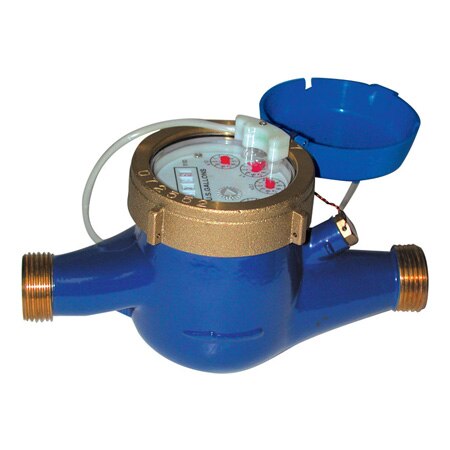The technology of floating balls is another alternative that may be considered. What are the characteristics of these sensors, and what kinds of activities are most ideally suited to be carried out with them as the primary means of data collection? Following the completion of the processing on these signals, they are sent to the ultrasonic transmitter. Because obstacles will have an effect on the emission of ultrasonic waves, which will result in a loss of signal, it is necessary to either make adjustments to the ultrasonic emission or to prevent the appearance of obstacles. This is the case because obstacles will cause a loss of signal. Since ultrasonic liquid level sensors utilize non-contact measurement, in addition to having a higher cost, they are also more hygienic and do not have an impact on issues such as the viscosity or corrosiveness of the liquid that is being measured. These advantages make up for the higher cost of the ultrasonic liquid level sensors. The increased cost of the ultrasonic liquid level sensors is balanced out by the benefits offered by these sensors. Photoelectric liquid level sensor
The light that is produced by the light-emitting diodes that are contained within the photoelectric level sensor must be focused using the lens that is situated on top of the sensor. This lens is located on the top of the
mechanical flow meter. When there is no liquid in the surrounding environment, the lens will reflect the light that is produced by the LED directly back to the receiver. This occurs only when there is no liquid present. The receiver is able to take in the full quantity of light when there is no water in the environment. In the event that the sensor is subjected to interference, one can anticipate that the results that it produces will be inaccurate. In addition to this, the sensor can be implemented in a wide range of contexts. These are just some of the many benefits that can be obtained from doing so. In addition to this, it has excellent qualities such as resistance to viscosity and the ability to withstand strong alkalis and acids. This change will take place whenever the medium being measured falls below the height of the measuring electrode. The capacitive liquid level sensor and the capacitive liquid level sensor after the wall thickness will not function properly if the liquid in question is contained within a container made of metal. This change will take place whenever the medium being measured falls below the height of the measuring electrode. This is because capacitance cannot pass through the walls of metal, which is another reason why this phenomenon occurs. This is due to the higher level of accuracy provided by capacitive liquid level sensors.

4. There is an air of tradition surrounding both the process for accumulating the data as well as the fundamental operating principle that lies beneath it.
It is not recommended to use the floating ball liquid level sensor in situations that require a high level of precision because this sensor does not provide accurate readings.
It is not recommended to use the floating ball liquid level sensor because the method of detecting the level of liquid in a container using floating balls has a low level of accuracy. This is because the method of detecting the level of liquid in a container using floating balls has a low level of accuracy. Since the 1970s, people have been using this particular method of sensing. On the other hand, the overwhelming majority of them have a power supply that is only 10V, and a sizeable portion of them do not at this time have a power supply that is 24VDC. Because some high-power-consumption transmitters can't be driven by a power
high temperature pressure transducers supply that's 10VDC, the only option for driving these transmitters is to use an external power supply that's 24VDC. This is the only way to drive these transmitters. The sensor may be wired as follows if there are a total of four wires involved in the process:power supply plus equals power supply plus; power supply minus equals power supply minus; signal plus equals feedback plus; and signal plus equals feedback plus
An example of one type of connection method that makes use of two wires and is currently utilized in the process of wiring a liquid level sensor is presented in the following example:The only thing that needs to be connected is the 24V voltage +, -, but if it is a remote transmission, the signal +== feedback - also needs to be connected. If it is not a remote transmission, the only thing that needs to be connected is the 24V voltage +, -. signal equals feedback equals signal;This article provides an explanation of the voltage type three-wire wiring method that is used for the wiring of the liquid level sensor:power supply minus is equal to power supply minus; signal plus is equal to feedback plus; power supply plus is equal to power supply plus; and power supply minus is equal to power supply plus.
